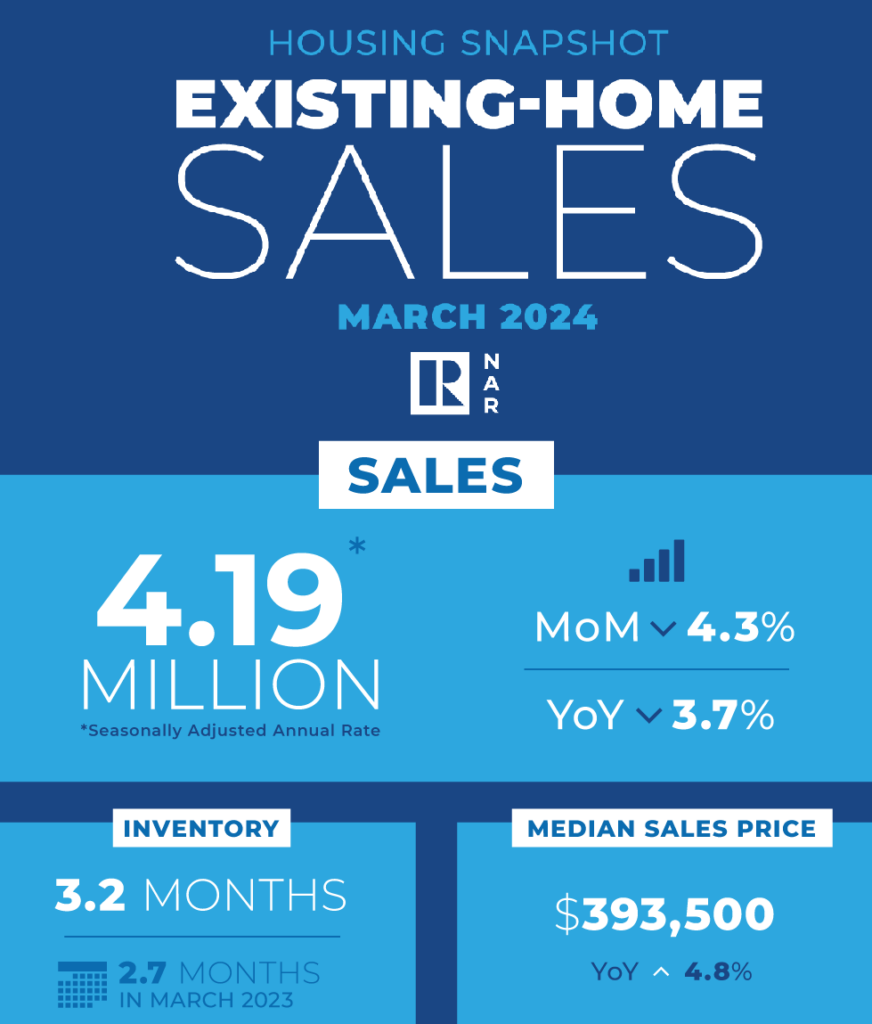NAR Lawsuit and Agent Commissions
Contrary to news surrounding the current litigation with the National Association of Realtors (NAR,) neither brokers nor NAR have ever set a price for agent commissions. The fee for representation has followed a norm of 5-6%, split between buyer and seller’s agent. Like any industry, it is an aspect of market conditions.
Additionally, there is confusion over whether the buyer or seller pay the commission. While the payment is technically debited from the seller’s proceeds, the funds come from the money the buyer pays to purchase the home.
Who Pays the Commission?
It’s actually not uncommon for sellers to account for paying these commissions by factoring them into the initial listing price. Buyers essentially foot the bill for these fees when it comes time to close. If commissions were ever to be paid in a different manner, buyers would lose the opportunity to finance them.
A listing agent will work diligently with the seller to ensure the home receives the greatest exposure to potential buyers by placing the listing in the Multiple Listing Service (MLS.) Additionally, they will work with the buyer’s agent to arrange inspections and ensure all seller disclosures are made. The listing agent will also negotiate on the seller’s behalf and ensure that the transaction flows smoothly.
It has been customary for the listing agent to sign a contract with the seller for a 5 or 6% commission that also covers the commission paid to the buyer’s agent. When an offer is made to the seller, the commission is written into the contract and is always negotiable. Because it is a part of the purchase price, the amount is financed.
Because the seller’s proceeds are lowered, in a sense, both the buyer and seller are paying the commission. It is not uncommon for the sale price and commissions to be adjusted during the negotiation process in order to reach an agreement for purchase.
Buyer Agent Compensation
The problem that led to the litigation stems from how listing agents were advertising the buyer’s commission in the MLS, as if it is a price set in advance of what a buyer and their agent agree upon. Listing agents may have offered more of their portion of the commission to the buyer’s agent to give the property greater appeal to agents working with buyers.
This practice was viewed as price fixing and NAR created a new MLS rule prohibiting offers of compensation on the MLS. This would mean that offers of compensation could not be communicated via an MLS, but they could continue to be an option consumers could pursue off-MLS through negotiation and consultation with real estate professionals.
NAR also agreed to create a new rule requiring MLS participants working with buyers to enter into written agreements with their buyers before the buyer tours a home. NAR has long encouraged its members to use written agreements (buyer/broker agreement) to help consumers understand exactly what services and value they provide, and for how much.
NAR continues to deny any wrongdoing and maintains that cooperative compensation is in the best interest of consumers.
Interested Party Contributions
Fannie Mae, a leading provider of mortgage financing in the U.S., purchases mortgages from lenders to free up the money they need to make other mortgage loans, therefore ensuring the ongoing availability of affordable mortgages.
Fannie Mae released this statement regarding Real Estate Commissions and Interested Party Contributions:
We are aware of the proposed settlement agreement, subject to court approval, announced by the National Association of REALTORS® (NAR) in the Burnett et al and Moehrl et al cases. While there are no immediate changes to our Selling Guide policies, we are clarifying the current treatment of seller-paid real estate agent fees under our interested party contributions (IPCs) policy.
Selling Guide B3-4.1-02, Interested Party Contributions (IPCs) permits interested parties (including property sellers) to make contributions to the borrower’s closing costs subject to maximum limits ranging between 2% and 9% of the property value.
Typical fees and/or closing costs paid by a seller in accordance with local custom, known as common and customary fees or costs, are not subject to the IPC limits described in Selling Guide B3-4.1-03, Types of Interested Party Contributions (IPCs).
If a seller or seller’s real estate agent continues to pay the buyer’s real estate agent commission in accordance with local common and customary practices, these amounts are not required to be counted towards the IPC limits for the transaction. As part of our standard risk management practices, we continuously review and evaluate our Selling Guide policies. We will continue to monitor the various real estate agent commission lawsuits and settlements and evaluate the potential implications to the mortgage industry and our policies.
Conclusion
So, overall, the only change will be that cooperating broker compensation will no longer appear in the MLS, which feeds into internet sites advertising listings. Buyers and their agents will sign the buyer/broker agreement and set the agent’s commission at that time.
In the real world, however, commissions will still be negotiated in the purchase agreement. Market conditions will continue to determine whether the offer is accepted.
Contact me today for a list of available homes for sale or for more information about listing your home for sale.
